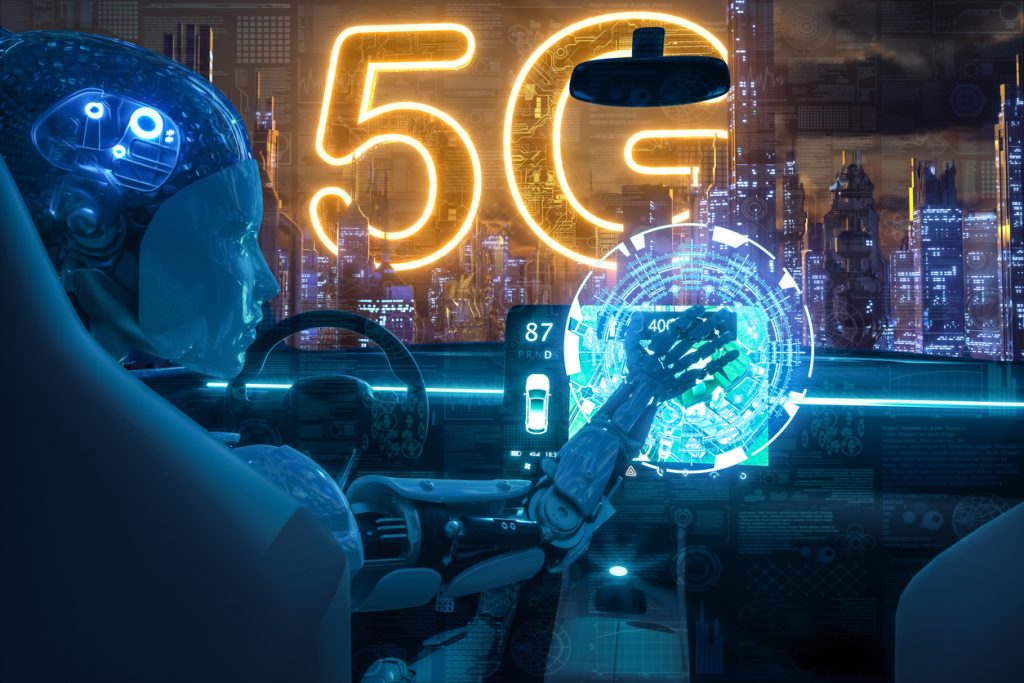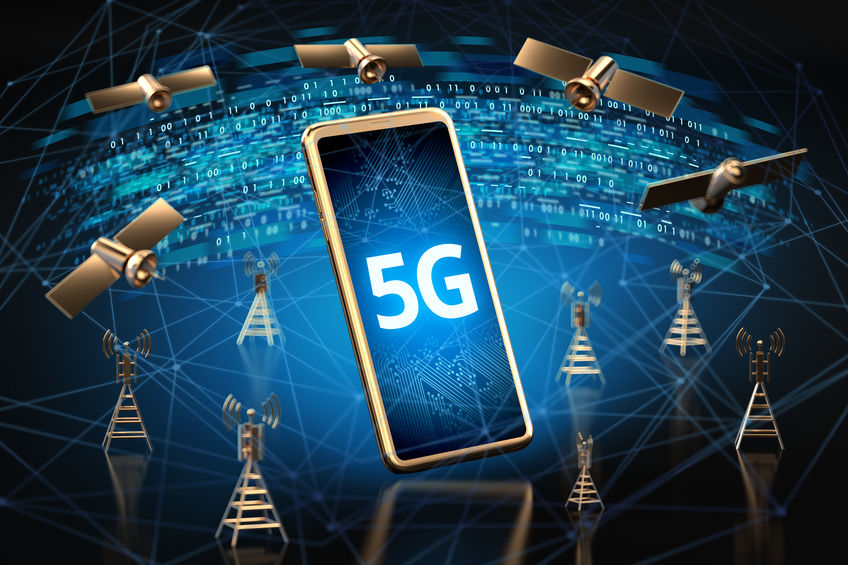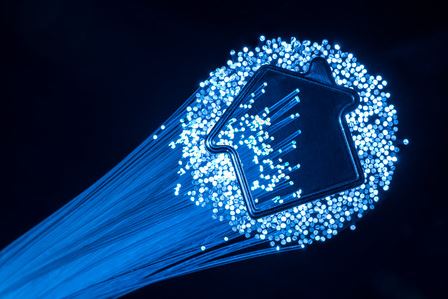As more and more people get connected globally, it puts pressure on the communication industry to aim for better networks. And the answer is the 5G mobile network which will soon replace its predecessor 4G LTE services.
Here you will find all information regarding 5G technology: What is 5G? Why is it so important, and how will it change the prospects of communication? And loads more!
What is 5G?
5G is the 5th generation mobile network that comes after 1G, 2G, 3G, and 4G, with an aim to change communication around the World. This network helps to virtually connect people, machines and devices at a much faster speed. It means faster downloads, less lagging and super-fast connectivity.
The 5G mobile network will deliver faster Gbps data speeds, more reliability, huge network capacities and a smooth user experience for all users. With the help of its higher performance streak and more efficiency, it will connect users and industries through a common platform.
Technology Before 5G
So, what kind of technology came before 5G?
The first generation or 1G mobile network was all about voice calls. People could connect with friends or family across the globe carrying around a gadget that they can use anywhere.
The second-generation or 2G network started messaging service which is in usage till now. Then came 3G, which led to fast and smooth downloads and widespread internet connectivity.
And then, with the introduction of 4G technology, connectivity became faster and easier with full speeds. Most of the online services in different sectors thrive on 4G speed.
So, when we talk about 5G technology, we can imagine the next-generation level of services with ultra-fast speeds and out-of-world user experience.
How Fast is 5G Mobile Network?
5G mobile network can deliver at speeds of 20 Gbps. With 5G, you can download a full 800K movie 500 times faster than a 4G mobile network. With this, you get a rough idea of how fast 5G internet can be.
This mobile network is not only about being fast. It also involves providing a broader network range and peak data rates. 5G will bring in more network capacity than 4G by using new spectrum waves.
It will allow users to enjoy consistent data rates even when they are on the go and moving around. Stable and faster speeds are the benchmarks of the 5G mobile network connectivity.
How will be 5G helpful to us?

5G will enable the entire World to instantaneously connect with the help of high-speed data through billions of devices.
It will have a positive impact on these areas:
- Communication between machines: 5G will revolutionize the way massive devices communicate and connect. And all this without any human intervention. Every sector will benefit from this including, agriculture, health, manufacturing, utility services etc.
- Improved mobile broadband: With 5G speed, mobile broadband connectivity will be super-fast and more stable.
- Critical communications: It will allow real-time control of different devices in crucial sectors such as robotics, autonomous driving, communication through vehicles and safety networks etc.
- Birth of new technology: With better connectivity, more people will have access to new and improved technology. For example, augmented reality and VR will become an everyday accessory to people.
When was 5G launched?
The launch of the 5G mobile network was in 2019, and it is available in more than 60 countries. It may replace the 4G network by 2025 in most of the World.
What devices are compatible with 5G?
Mobiles, laptops or tablets that have 5G enabled hardware will be compatible
with users. Most of the major tech brands have rolled out devices that are 5G enabled. These devices will be a common feature in the market as more people get access to the 5G network in the coming days.…


